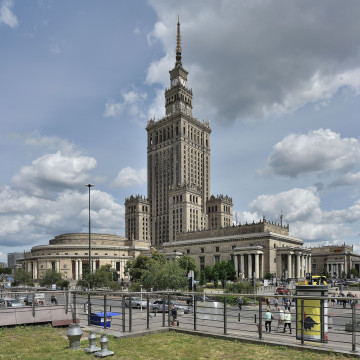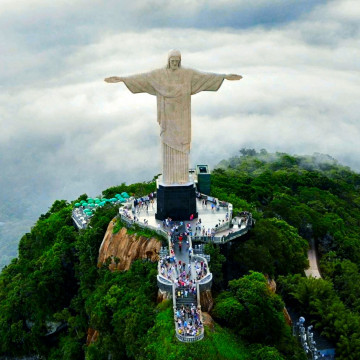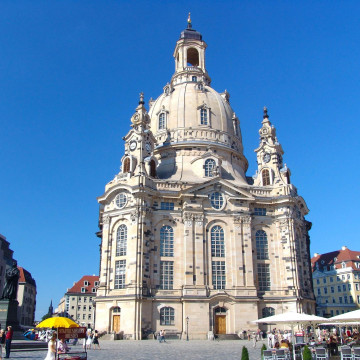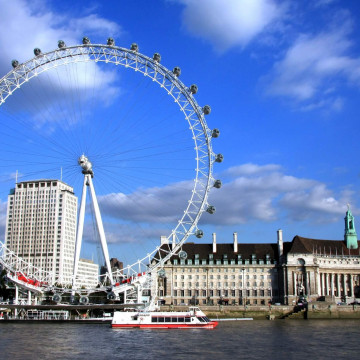Art Deco - architectural style definition
Art Deco is an architectural style that flourished in the 1920s and 1930s and was characterised by modern and elegant design. Its name comes from the Exposition Internationale des Arts Décoratifs et Industriels Modernes, or the International Exhibition of Decorative and Industrial Arts, which took place in Paris in 1925.
Art Deco was an expression of modernity and luxury, and its buildings were characterised by geometric forms that drew on eclectic architecture, as well as Expressionism and Art Nouveau. Exotic elements were also introduced into the style, such as Egyptian decorative motifs or Asian shapes and ornaments.
Art Deco buildings were also characterised by a high degree of decoration and rich ornamentation, which could be made from a variety of materials such as marble, gold, copper or glass. Many Art Deco buildings also had a distinct symmetry and proportion, which added to their elegance and modernity.
Art Deco was also a stylistic reflection of trends of the time, such as the growth of the automobile and aerospace industries, which was evident in the style's distinctive wing or hubcap motifs.
Art Deco was widely adapted in urban architecture and public buildings such as cinemas, theatres, hotels and office buildings. In Poland, the style was particularly popular in the interwar period and can be seen in buildings such as the National Opera in Warsaw and the Bristol Hotel in Kraków.
The precursors of the art deco style were architects and designers from various countries
Hector Guimard: Francuski architekt, znany głównie z projektowania stacji metra w Paryżu. Jego prace wykorzystywały charakterystyczne łukowate i organiczne formy.
Louis Sullivan: Amerykański architekt, który wpłynął na rozwój wieżowców i modernistycznej architektury. Jego styl cechowały geometryczne formy, ozdobne detale i zdobienia.
Eileen Gray: Irlandzka projektantka i architektka, która miała duży wpływ na rozwój designu i architektury art deco. Jej prace charakteryzowały się elegancją, prostotą formy i innowacyjnymi rozwiązaniami.
The most popular buildings in the art deco style
Empire State Building (New York, USA): The symbol of New York and one of the most recognizable skyscrapers in the world. It was built in 1931 and is characterized by a geometric shape with a characteristic, decorated gable.
Chrysler Building (New York, USA): Another famous art deco skyscraper in New York. It was completed in 1930 and is distinguished by its characteristic peak in the form of a spire.
Ocean Drive (Miami, USA): A street in Miami's South Beach neighborhood, known for its many Art Deco buildings. This area is a popular destination for tourists due to its colorful building facades and unique decorations.
Palais de Chaillot (Paris, France): A building located in Paris, built for the 1937 World's Fair. Its façade is decorated with Art Deco sculptures and ornaments.
Radio City Music Hall (New York, USA): A famous concert hall and theater in New York, built in 1932. It is characterized by decorated doors, cascading stairs and decorative details.
Museum of Contemporary Art in New York - an Art Deco building that was built in 1939.
The Daily Express Building in Manchester - An Art Deco building that was built in 1939.
The Art Deco style was very important in architecture and design in the first half of the 20th century, and its influence can be seen in many other buildings around the world.












